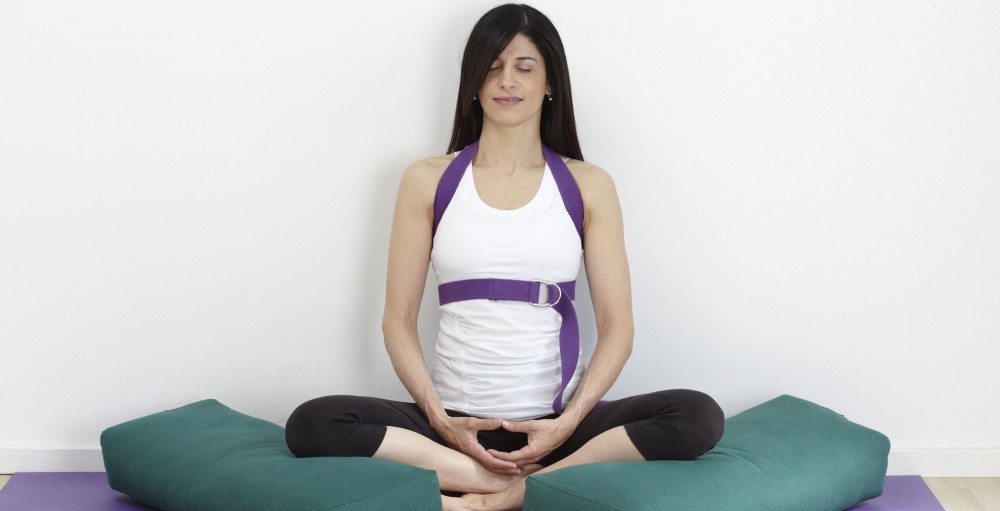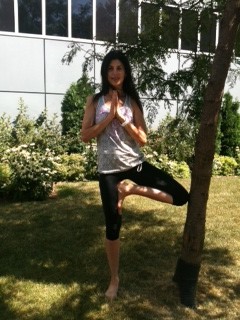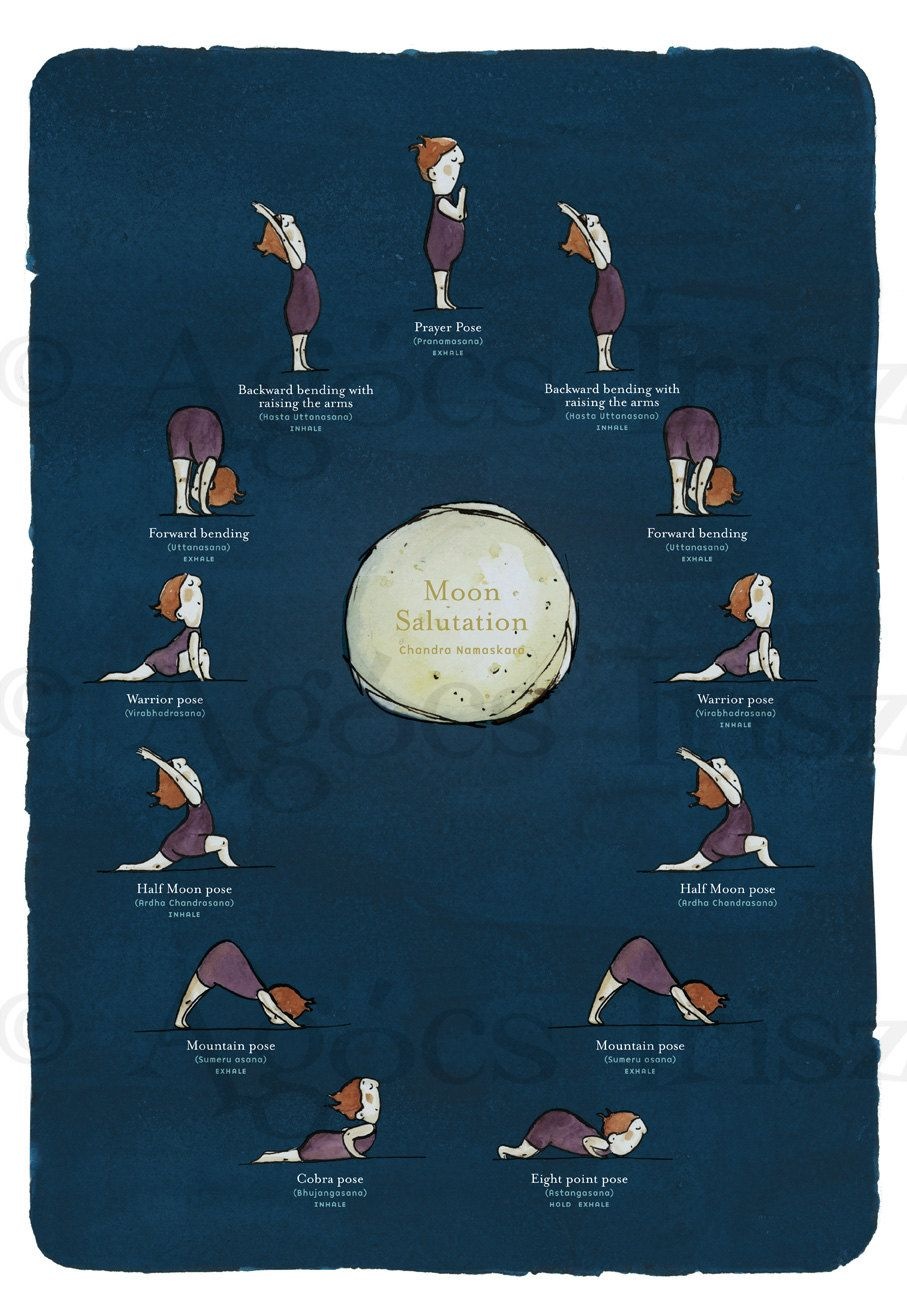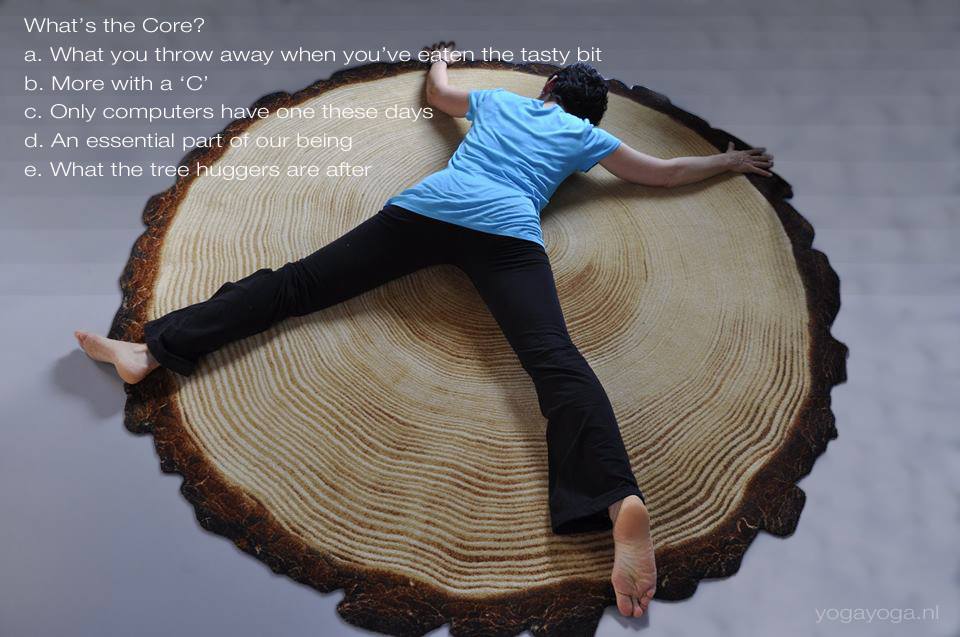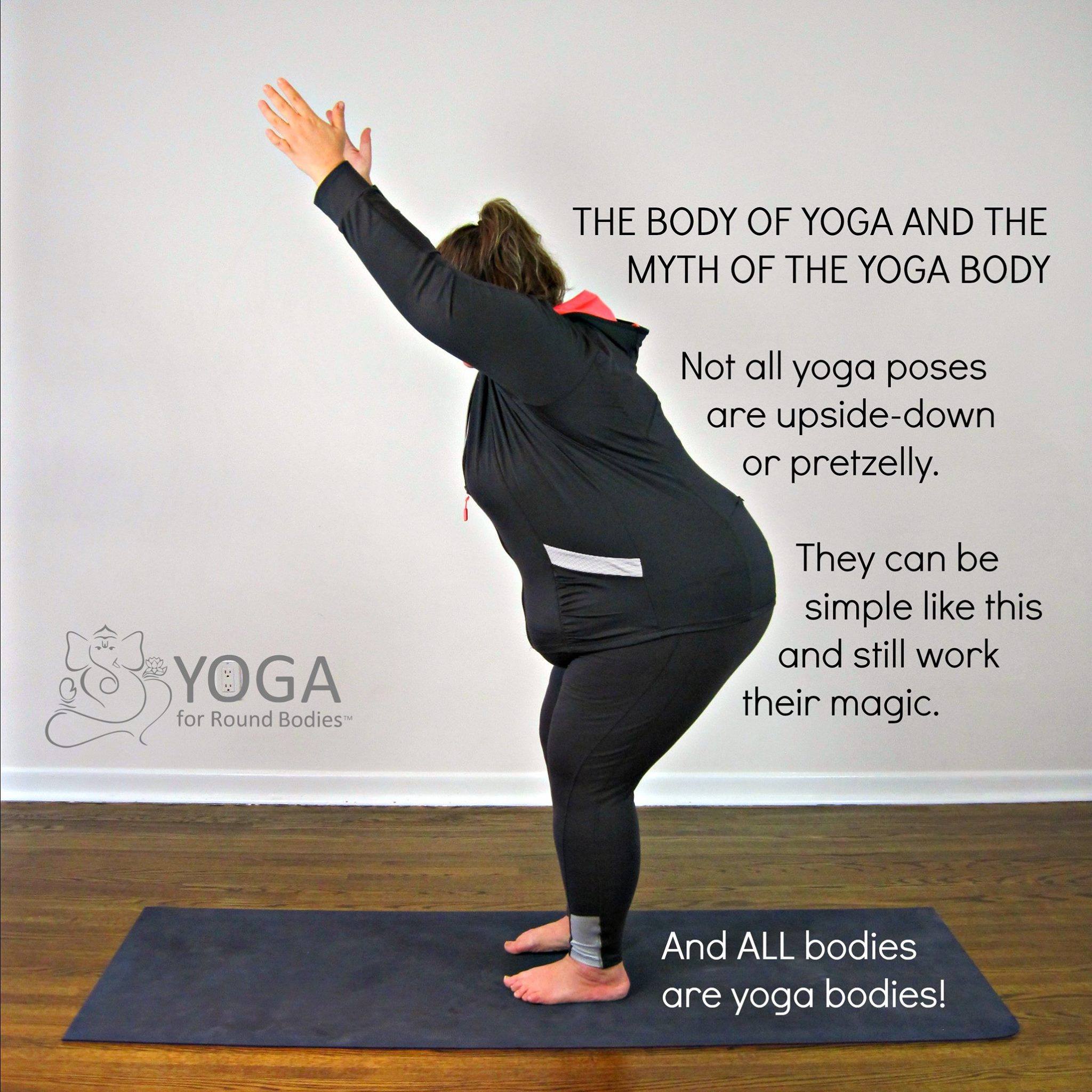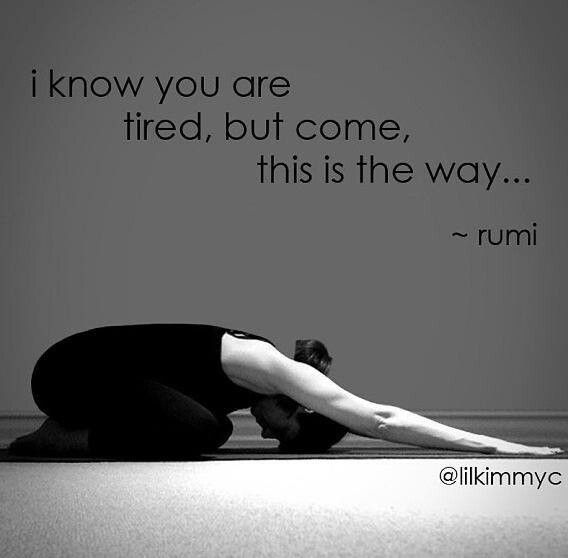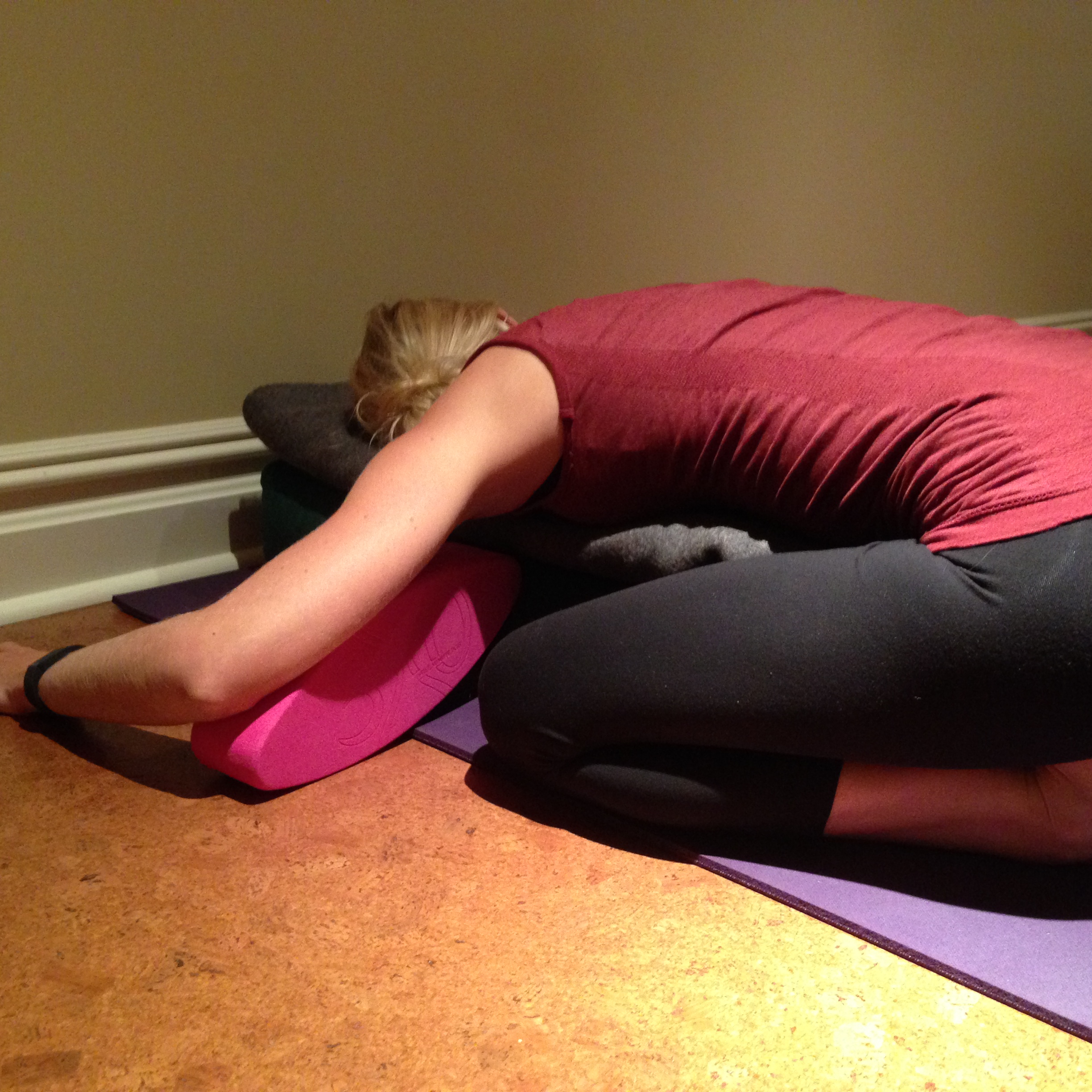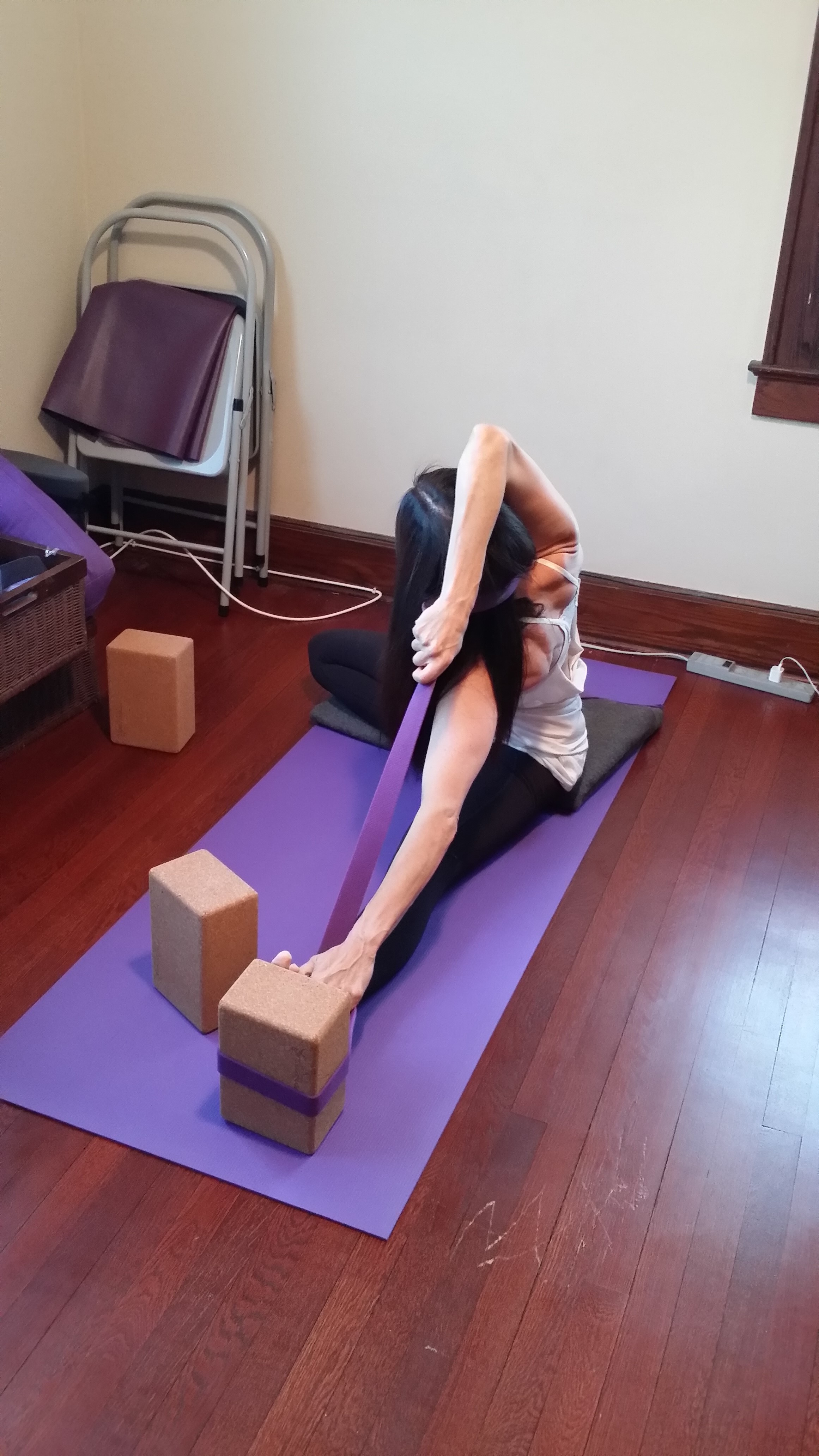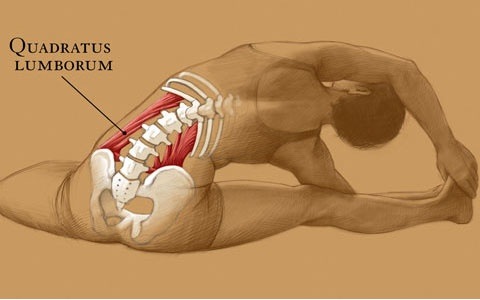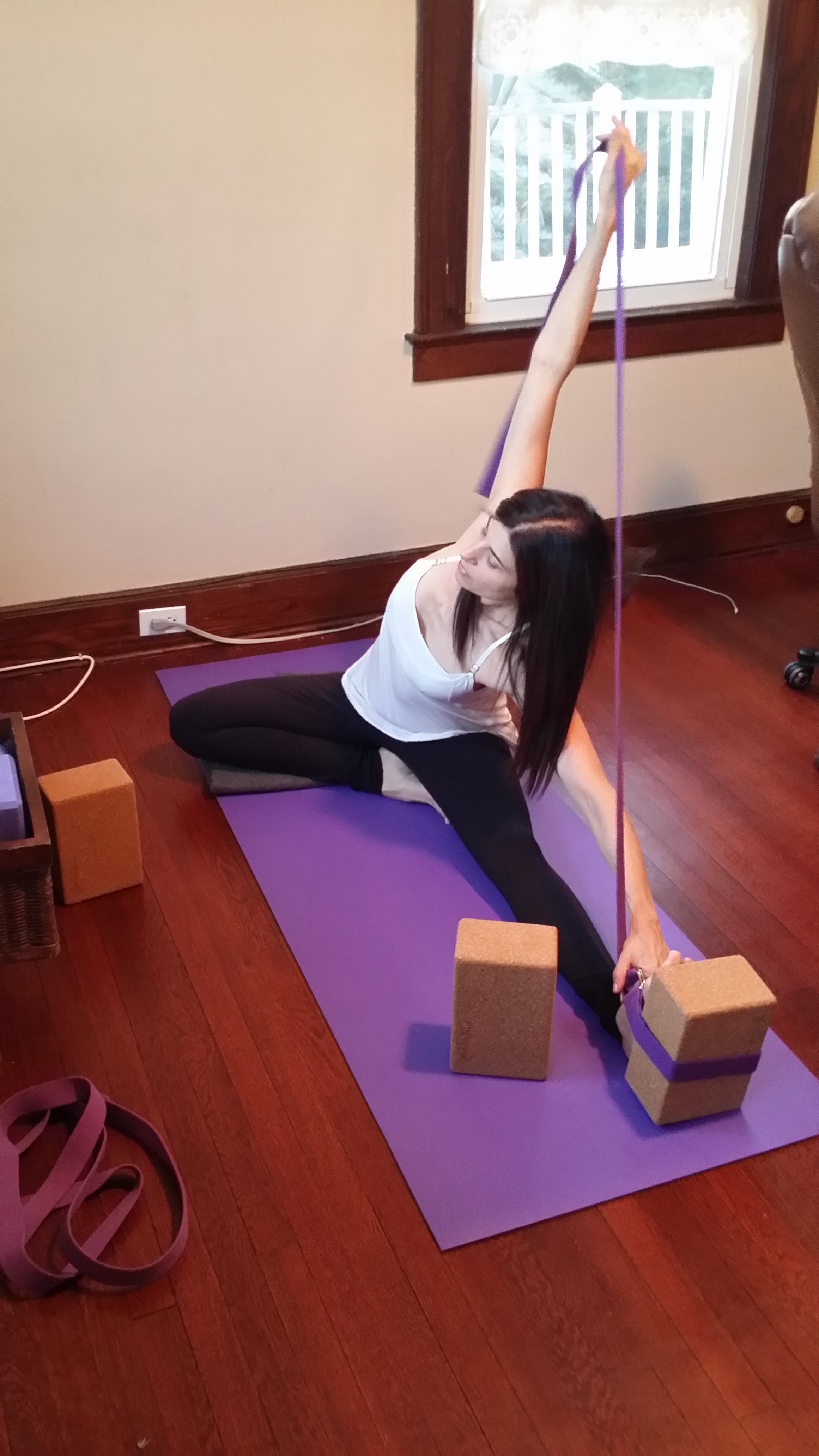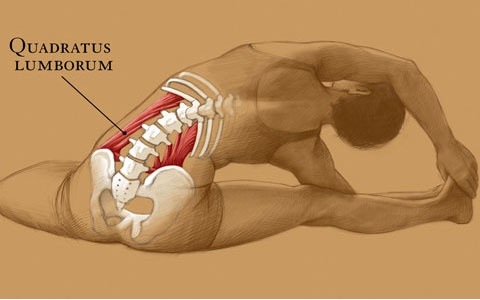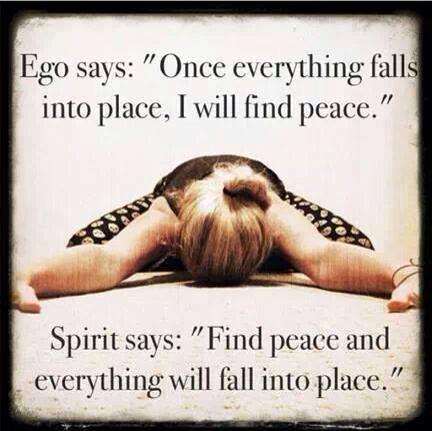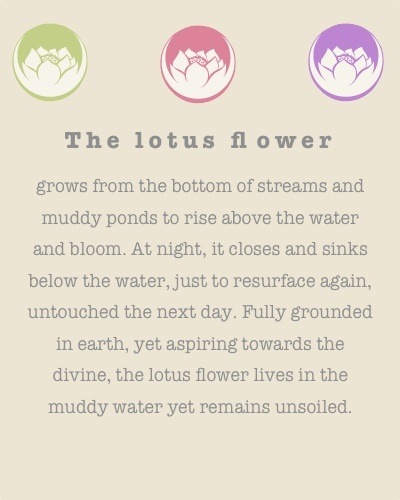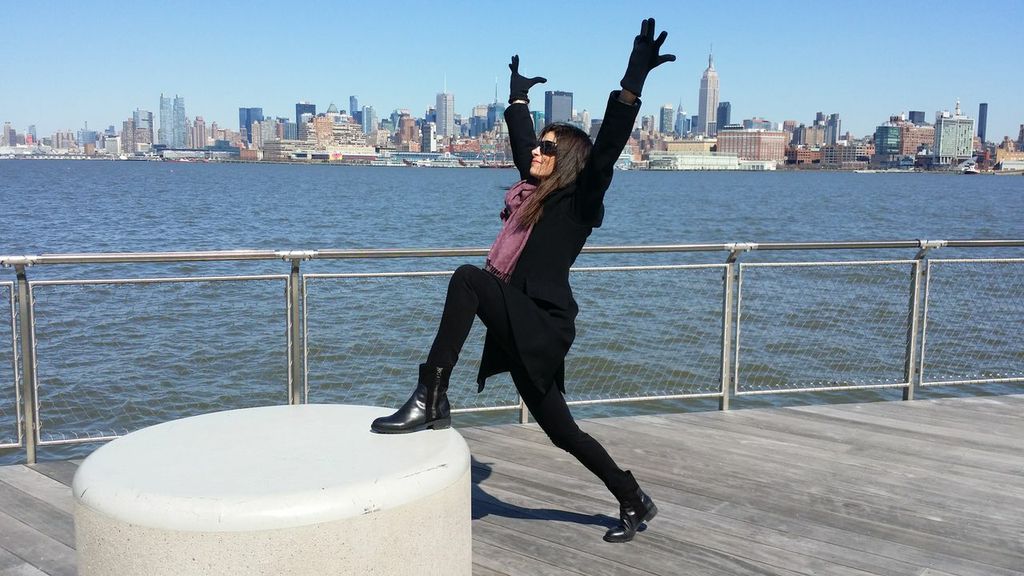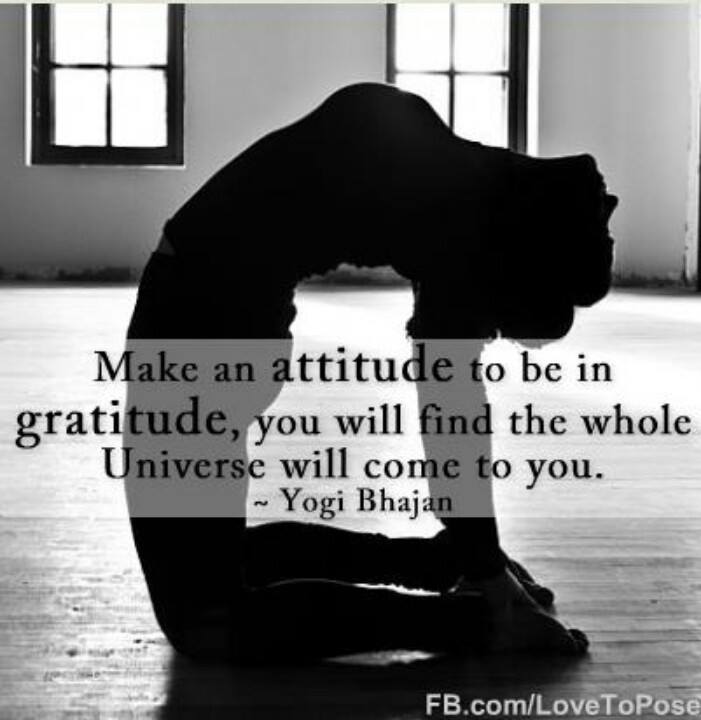Tree Pose Variations:
This is one of several poses I really like. I think the standing poses where each leg is doing something different are really informative, especially in terms of the adductors and abductors and in my experience, can have therapeutic applications for the hip
In sanskrit, the pose is Vrksasa (vrik-SHAHS-anna)
Here is how to move into it
Tadasana is your first pose. Keep the left leg firm without locking the knee and bend your right knee. Reach down with your right hand and clasp your right ankle or just let the foot go where it can. You then draw your right foot up and place the sole against the inner left thigh; if possible, press the right heel into the inner left groin, toes pointing toward the floor. The center of your pelvis should be directly over the left foot, although it is easy to sway this should not be the place you hang out in. Make sure the pelvis is in a neutral position, with the top rim parallel to the floor, and adjust so that your side waist lengthen equally. Lengthen your tailbone toward the floor. Firmly press the right foot sole against the inner thigh and resist with the outer left leg. The gaze is soft and at a fixed point in front of you on the floor about 4 or 5 feet away. There are many different ways to prop this pose depending on who you are. Contact me if you would like private yoga lesson to make it accessible to you
There are three common ways to use the arms:
-hands in prayer pose at heart level
-hands in prayer pose above the head
-arms open and reaching up
